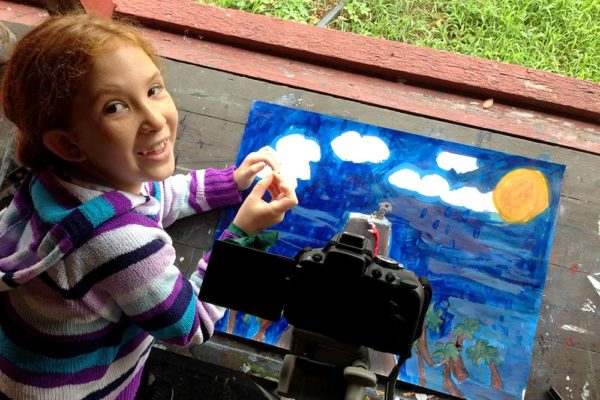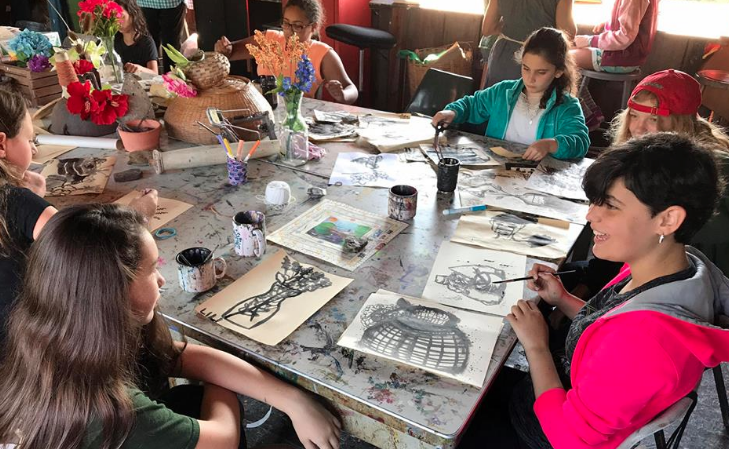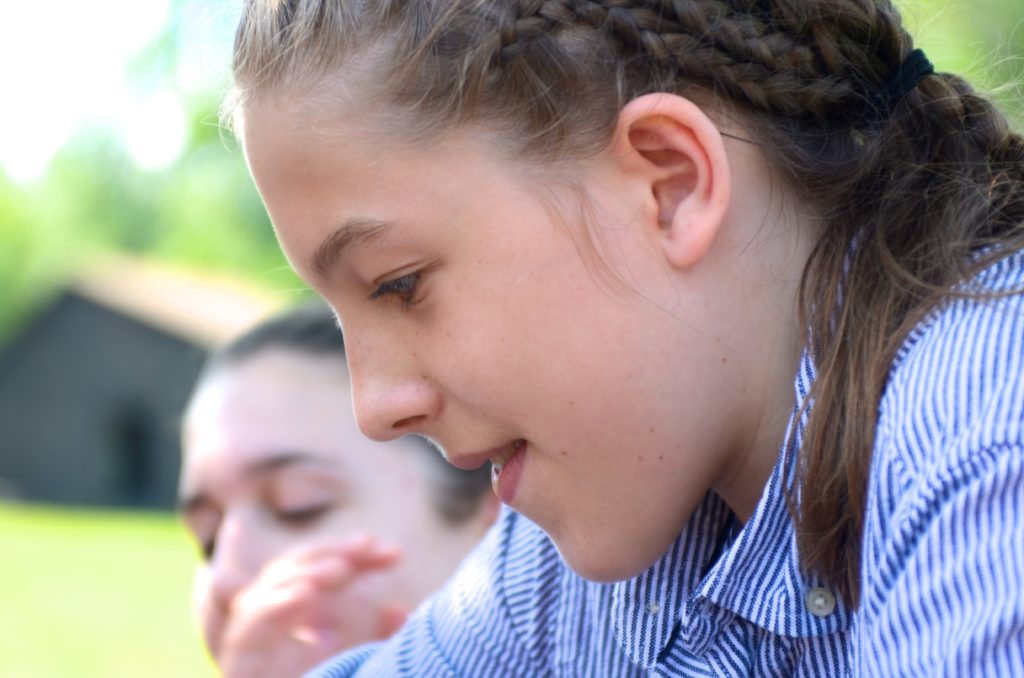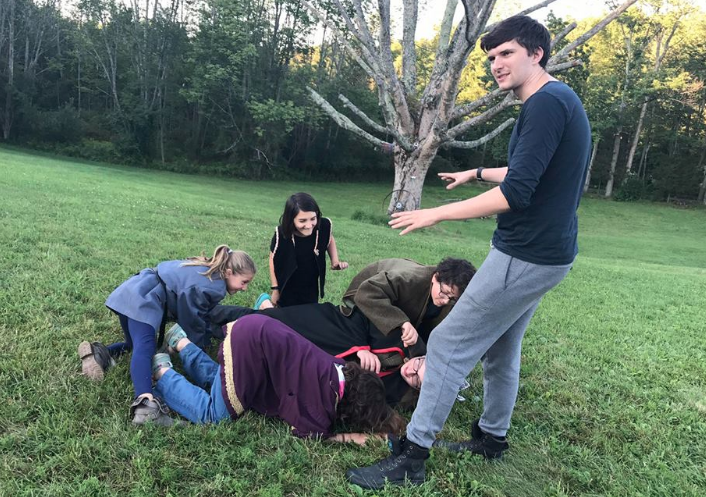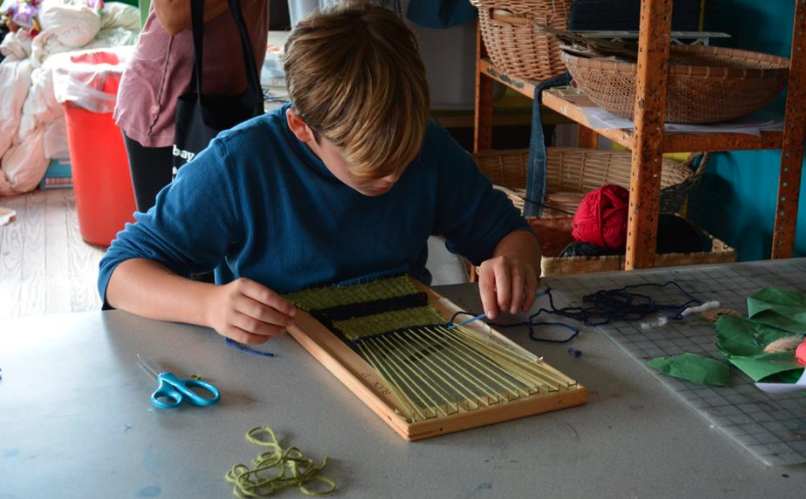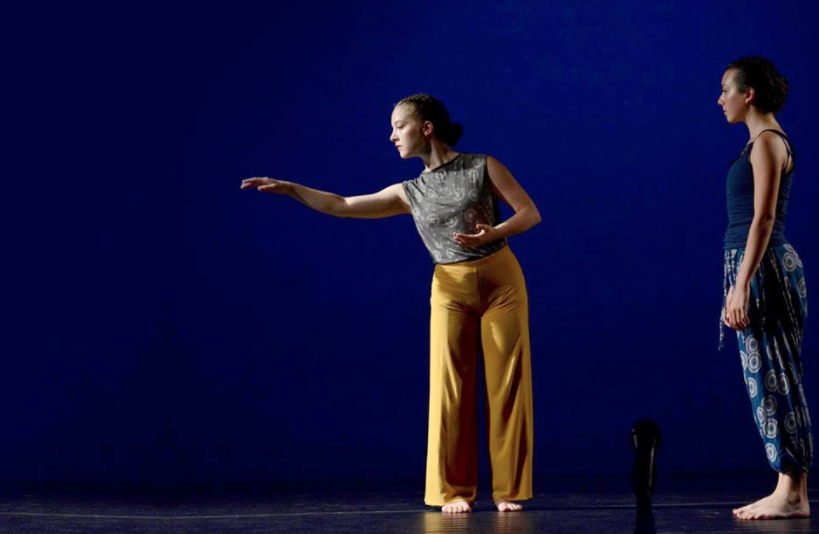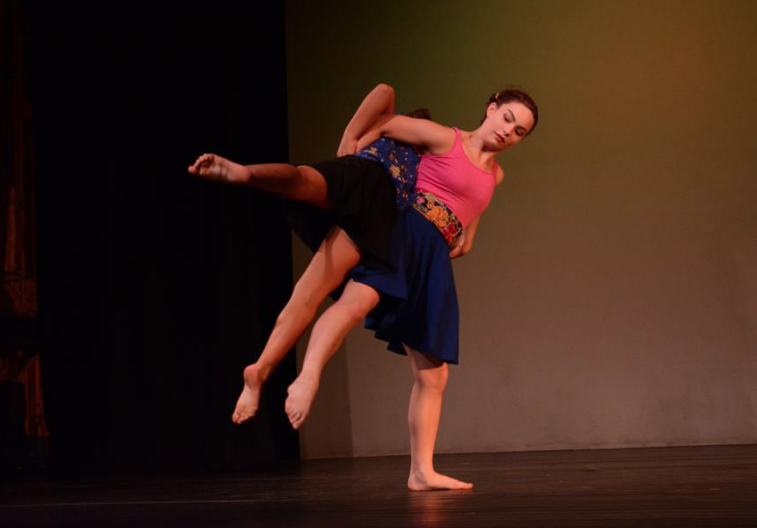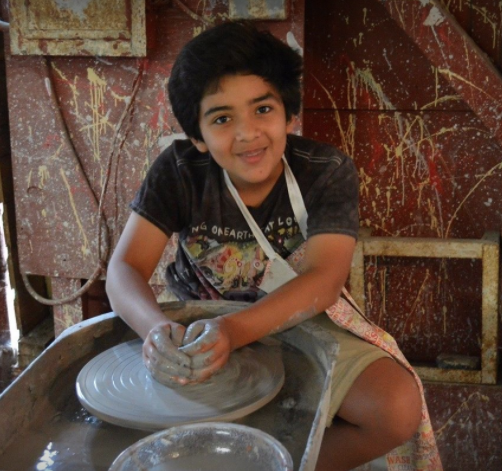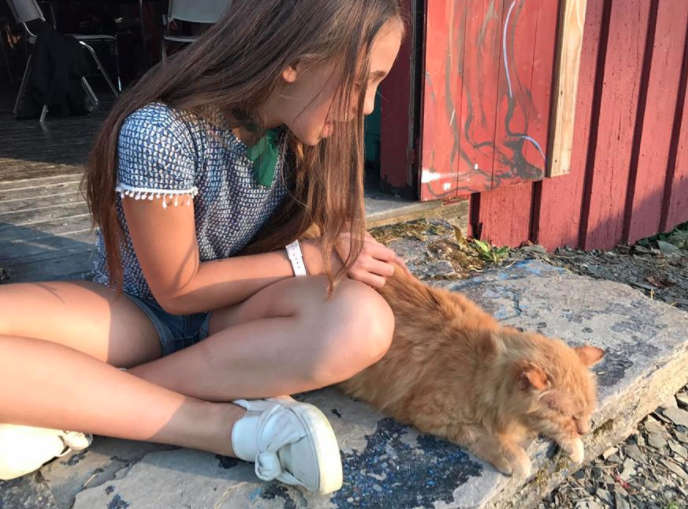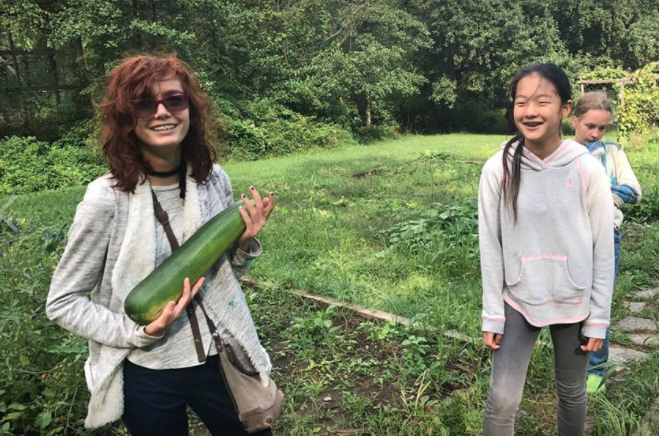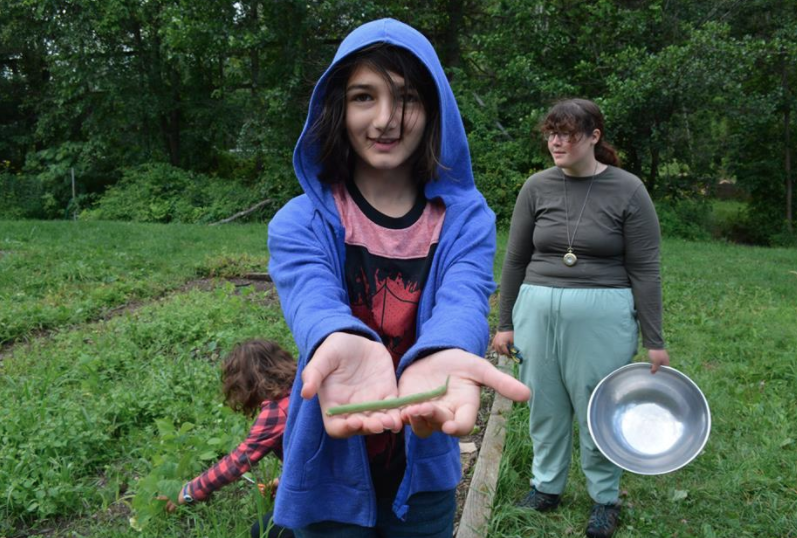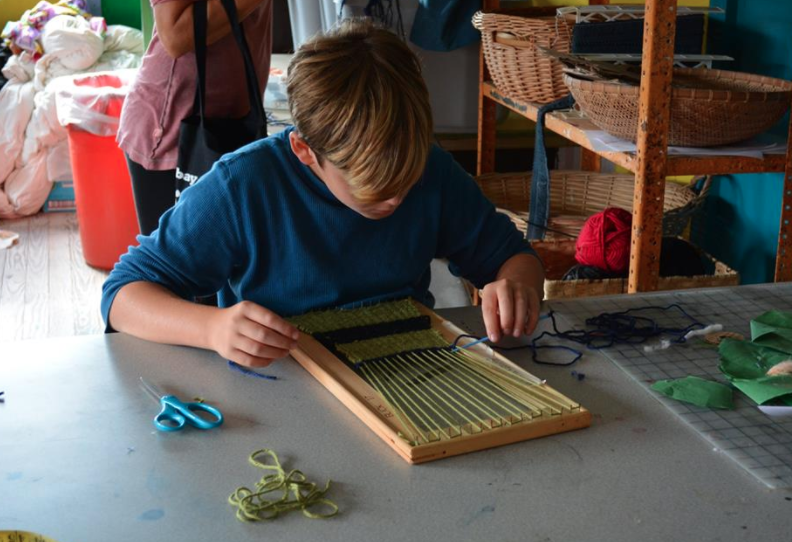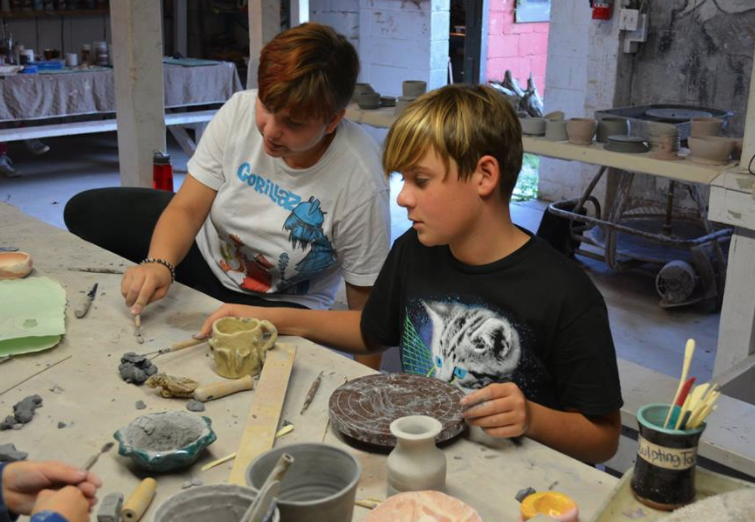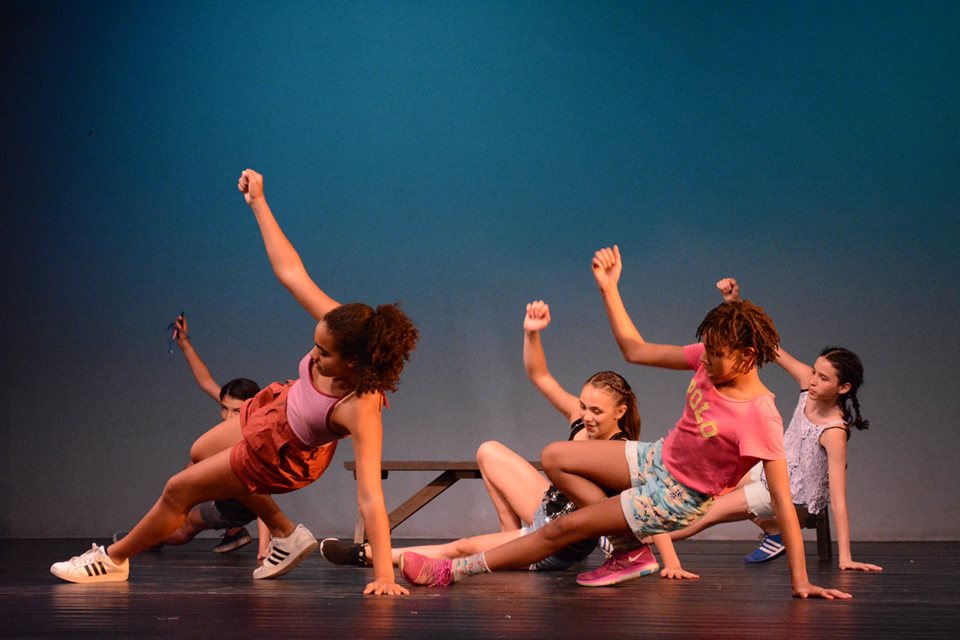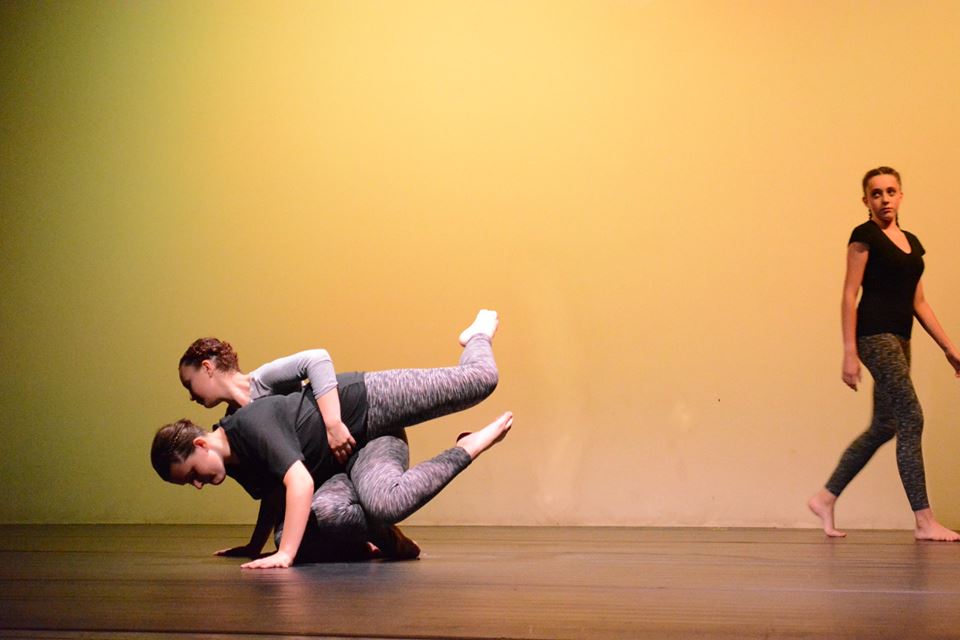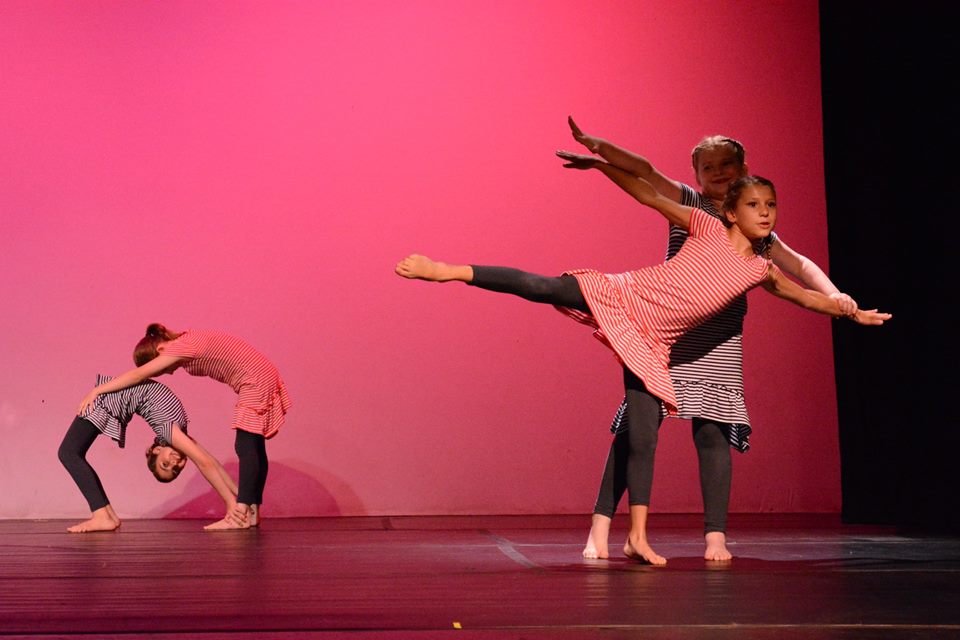Not to spread too much shade, but American culture just loves “cash and prizes.” That is, we are a meritocracy: results are what matters. Winners are “winners;” losers are “losers.” This philosophy underlies the basic “rating and ranking” system of large corporations, which is used to determine who gets promoted and who gets a raise. Somebody rises to the very top of the pile; somebody must also sink to the very bottom. It is foundational to competitive television shows such as “Dancing With The Stars” and “America’s Got Talent.” Out of thousands, only one single “winner” can emerge, survive, and go on to great things. Or so we like to believe.
While this Darwinist philosophy might drive business success (although we have our doubts about even that), we believe that in the realms of creative art and personal growth (maturation), this philosophy results in something approaching disaster. The arts – of all kinds – are avenues of unrestricted creativity, exploration and personal expression, not arenas of gladiatorial combat.
We believe that American culture’s heavy focus on “results” (with attendant “success” and “failure”) leads to perfectionism and a claustrophobic focus on “getting it absolutely correct.” Paradoxically, this attitude does NOT stimulate greater creativity, experimentation and learning. In fact, it achieves the exact opposite: a life-choking constriction (narrowing) of focus, and jettisoning of experimentation, exploration and learning, in the utterly futile effort to create that one, single, absolutely-perfect in-every-conceivable-way outcome. Here at Camp Ballibay, we believe that learning MEANS, by definition, doing something “not-quite-right,” over and over and over again, in a very long, slow process of gradually doing it better and better, WITHOUT any end-point.
There is a funny but true story in this regard. The alto saxophone jazz master Sonny Fortune, who is in his late 70’s, and who has been performing for over 50 years, said in a recent interview something along the lines of “Someday I’m going to learn this horn!” ‘Nuff said. Apparently, he is still exploring, still learning, still opening up new avenues of personal expression.
The ”cash and prizes” attitude also fosters a competitive spirit, which while it may be useful in a business endeavor, spells disaster for creative arts and human development. Suddenly, instead of being about an unending, free-flowing stream of individual expression and experimentation and creativity, which are internal processes that are unique to each and every individual, the focus suddenly gets shifted toward working to meet an externally-defined outcome that generally has nothing to do with the individual, and nothing to do with expression and creativity. No – suddenly the atmosphere becomes more akin to a series of production lines, where each individual is following all the rules to create roughly the same outcome as their peer, but “a little bit better” than them. So they can win. This is the complete opposite of internally generated motivation. Instead, it shifts toward external motivation and the death of personal expression.
The actual “doing” (i.e. the process) of artistic creation is the true reward of art – not the outcome. Experimentation, expression, creativity and learning (and fun) happen during the process of creation. The ultimate product, while nice to have, isn’t really the point of art. Particularly for the performing arts, once the performance happens, it disappears! It no longer exists. In the performing arts, the art lies quite literally, in the PROCESS! We regard the creative arts as continual, unbroken, unending “rehearsal.” The arts are simply an ongoing, unending process of expression, experimentation, creativity and learning. There is no end-point, and no such thing as “mastery.”


